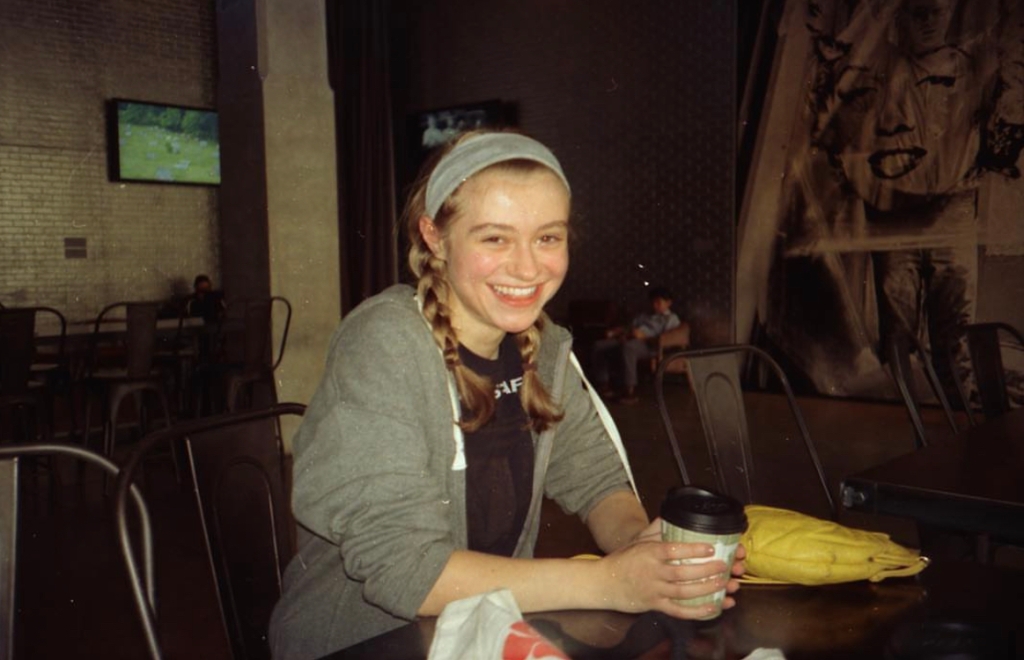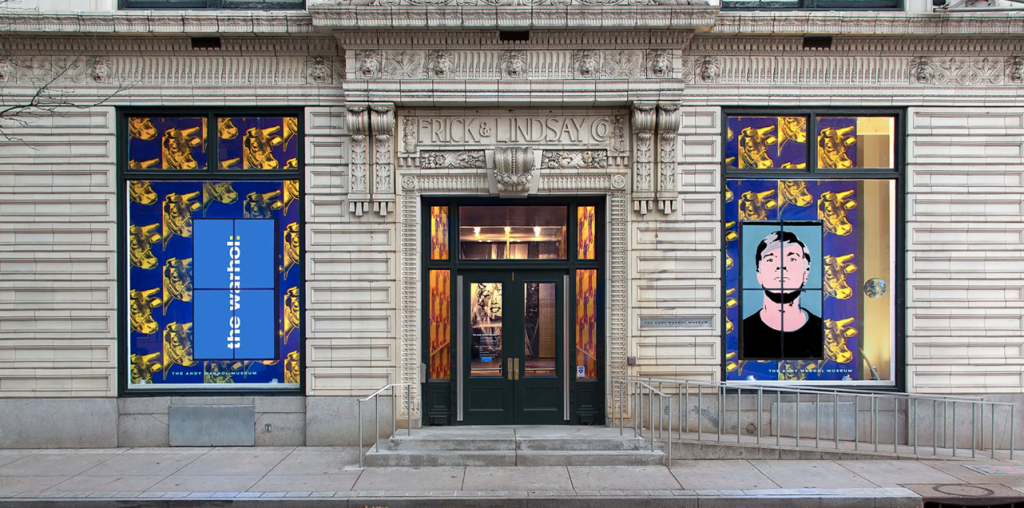by Dominique Seneca / Image via warhol.org
When the Andy Warhol Museum officially opened its doors on May 15, 1994, celebrities, local politicians, and major art world players gathered on the North Shore of Pittsburgh, Pennsylvania, to celebrate the Pop iconoclast. The festivities commenced midnight that Friday evening and didn’t stop until Saturday morning. The 24-hour extravaganza became the stuff of legend; lines formed around the block for a chance to be a part of the momentous occasion. By 2 a.m., the Pittsburgh police had estimated over 8,000 people were still waiting to get into the museum.
This is a far cry from The Warhol we know today. Several compounding controversies, the most recent being an internal dispute over wall text on Warhol’s Ten Portraits of Jews in the Twentieth Century that referred to deaths on “both sides” of the conflict in the Middle East since October 7 and failed to mention Palestinians. Then-chief curator Aaron Levi Garvey and then-director Patrick Moore co-signed the wall text after staffers cited that it didn’t speak for the entire museum and erased their views. Via the Instagram account Change the Museum, staff wrote that the wall text was “ignoring the experience of pro-Palestine current and former employees.” Shortly after, Garvey was no longer on staff and Moore resigned only a month later. In short, The Warhol lacks a vision just weeks shy of its 30th anniversary.
So what the heck happened? And more importantly, can it be fixed?
I feel I have good authority to speak on the subject; The Warhol has played a significant role in my life. Growing up outcast and homeschooled, I participated in the museum’s after-school program “Youth Invasion,” which provided me with lifelong friendships and a passion for contemporary art and the museum world. I would eventually work at The Warhol, becoming a gallery attendant and later a curatorial intern for then-chief curator Jose Carlos Diaz, who I still consider my mentor. The Warhol was the first place I went after my father’s passing. It was where I met my first boyfriend as a teenager as well as more recently my current partner; I even invited Patrick Moore to my college graduation. I love The Warhol wholeheartedly and I can honestly say I wouldn’t be the person I am without it – which is precisely why I’m so heartbroken it’s in this position.

When the New York Times covered the opening reception in an article titled “15 Minutes and Then Some At the New Warhol Museum” by Carol Vogel, everyone had an opinion of what the museum could be. The Warhol was the first of its kind and, to this day, it still holds the title of the world’s largest museum dedicated to a single artist. Sound bites in the article vary from Warholers wondering if Warhol himself would approve of the museum’s location, to others like the late costume jewelry designer Kenneth Jay Lanes saying that the museum should host a film festival every year, or John Richardson, famed Picasso biographer, who felt the institution could broaden its scope to become a pop culture archive.
Now we understand The Warhol for all the things it isn’t. This reputation began when Pittsburgh’s NPR station 90.5 WESA reported on the ill-fated Pop District in December of last year. Launched under Moore’s leadership, the $60 million project boasted a music venue, art gallery, and a slew of programming to span across 10 years, leaving little support for original research into Warhol and fewer exhibitions. Many called the venture a major departure from the museum’s mission, and five long-standing department directors, whom I looked up to, resigned within months of the Pop District opening. In its present state, the Pop District is an empty office space with vibrant paint colors.
I’m not here to point any fingers – there will be dozens of articles coming out in the next few weeks that will do that. Besides, whispers of Moore’s leadership skills have been happening for years. The public simply became aware of Moore’s politics when he agreed to curate an exhibition for Saudi Arabia’s new arts center, shadowed by the country’s bleak human rights laws. The exhibition theme, which is rarely discussed, titled Fame: Andy Warhol in AlUla, focuses on meditations of fame and the hyper-fixation of celebrity, which I think is a perfect reflection of The Warhol’s current situation and what the future could hold for the institution.
Carol Vogel paraphrases poet W. H. Auden in the opening of her article, saying that Warhol “became his admirers.” This is true. Not a single individual has a definitive definition for Warhol’s art and what it means on a global scale. For example, when Andy Warhol famously said, “In the future, everyone will be world-famous for 15 minutes,” the general consensus understood it as a euphemism for the subsequent state of pop culture, i.e. that regardless of talent, anyone could become a celebrity, but what if it actually meant, in the future, everyone will be given a chance to have the spotlight?
Hear me out – first of all, Warhol probably never even said the line, and sure, this interpretation might be a little corny, but for an awkward 17-year-old girl who had never been in a room with her peers until walking into the museum’s screenprinting studio, meeting kids from different backgrounds coming together, finding commonality, I felt like a celebrity, and I know I wasn’t the only one. We have always decided what Warhol the artist, and subsequently the museum means, to ourselves. What made the museum great was the conglomerate of its parts, but when opportunities diminish to one person’s idea of notoriety, we no longer see ourselves and what the future can be. It doesn’t matter if Warhol said the notorious quote, what matters is how we perceive it and what we do once given the center stage.
I can only hope the museum hires a diverse group of creatives, more specifically creatives from Pittsburgh who understand the magnitude of a museum this unique in a mid-sized Pennsylvania city. But who knows? I haven’t been inside the galleries aside from an outdoor concert since I moved to pursue my Master’s degree at New York University, thanks to many former Warholers who gave me my 15 minutes of fame. I know for one thing for sure – in ten years, as the museum and the art world change, I’ll be the first in line for the museum’s 40th anniversary, celebrating its next generation.
Dominique Seneca is an independent curator. Her most recent project was Akudzwe Elsie Chiwa’s Divinity/Femininity at 937 Gallery at the Pittsburgh Cultural Trust. She was a Curatorial Fellow at the Guggenheim, a research assistant at the Westmoreland Museum of Art, and a curatorial intern at the Andy Warhol Museum.
